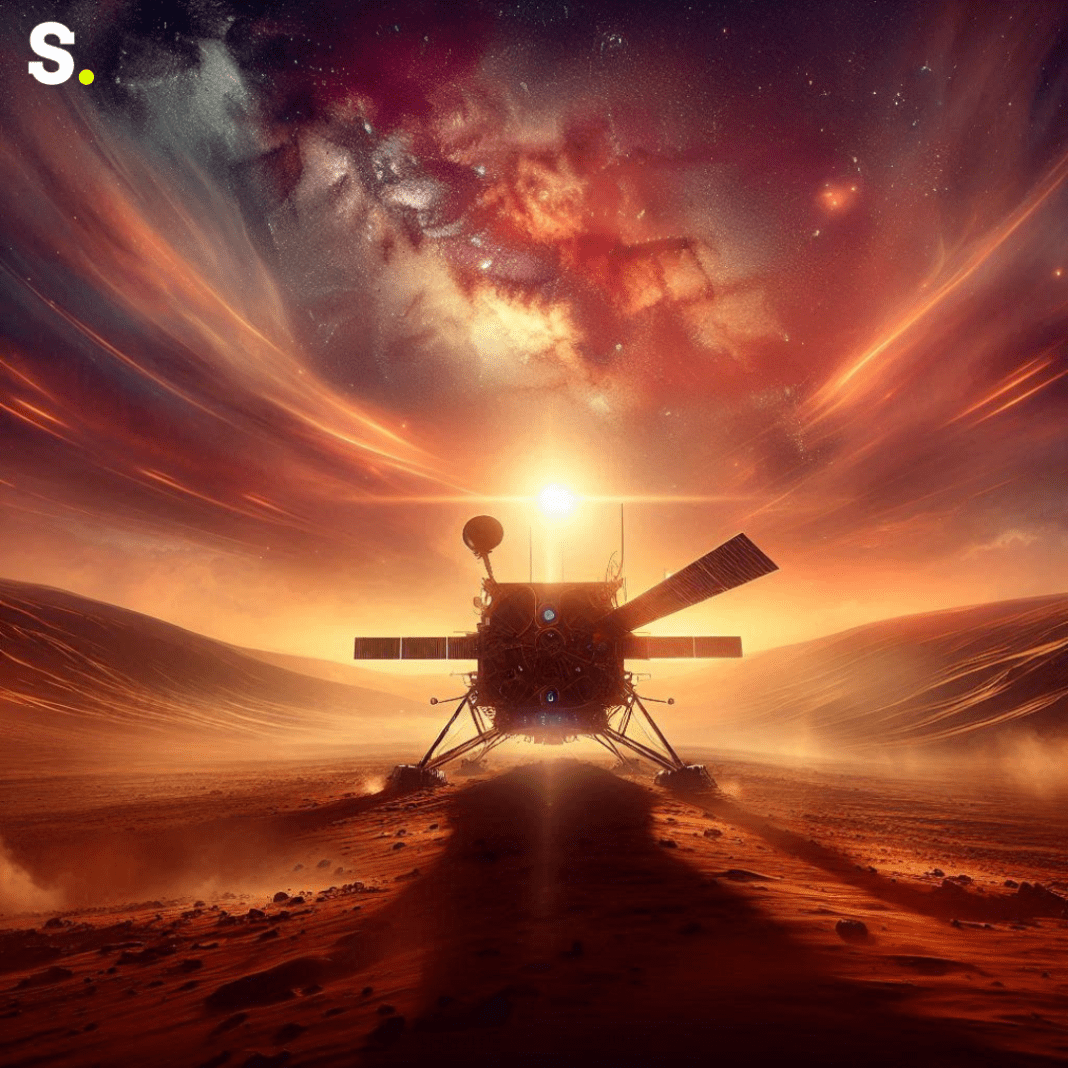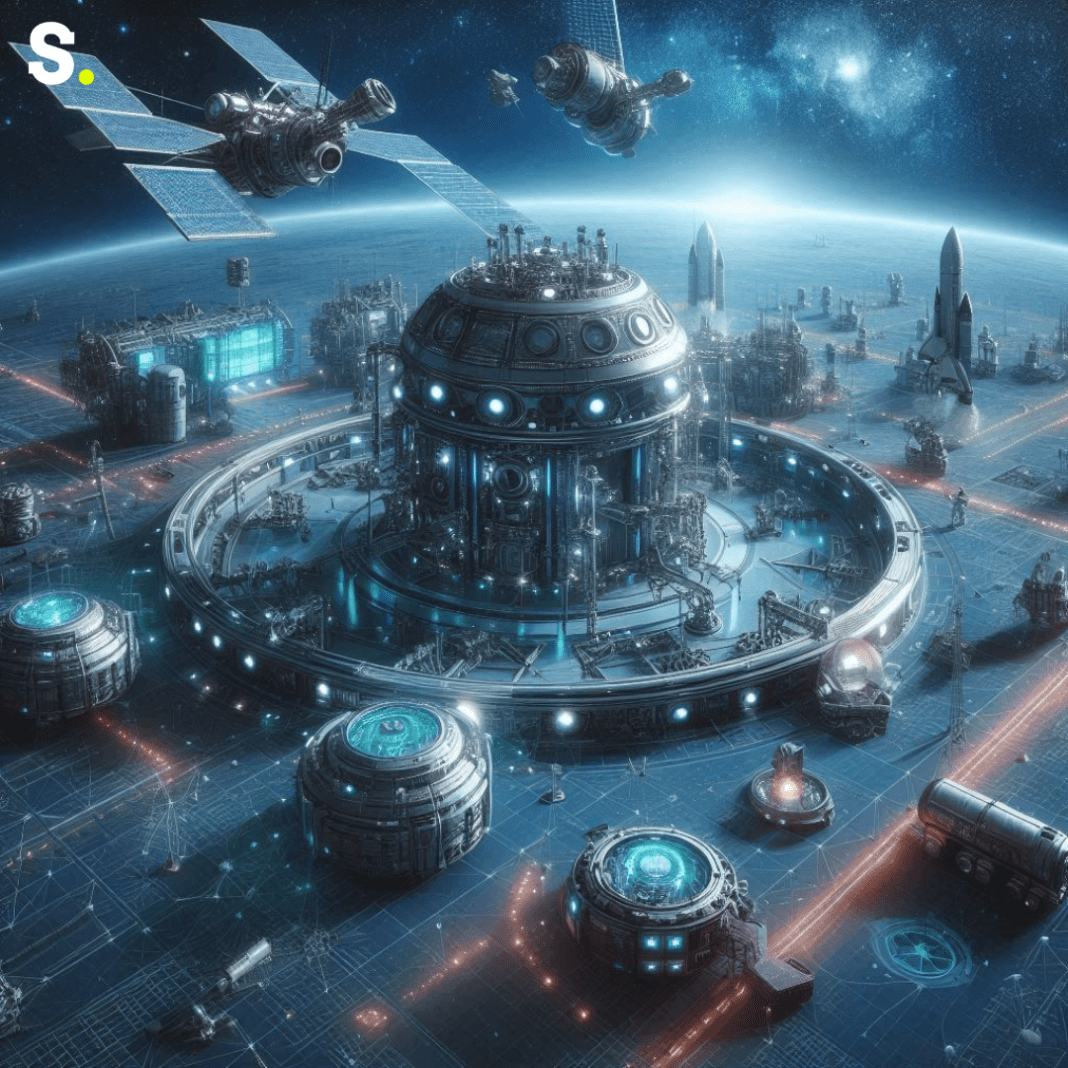NASA’s Ingenuity Mars Helicopter has finally ended its historic mission on the Red Planet. This small helicopter did more than anyone expected, flying many times and staying active for almost three years. Sadly, its mission had to end after some damage to its rotor blades. Let’s take a closer look at this amazing journey.
A Journey Beyond Expectations
Ingenuity was only supposed to perform five test flights over 30 days. It was just a technology demonstration, meaning NASA wanted to see if a helicopter could even fly on Mars. But Ingenuity far exceeded those expectations. It accomplished 72 trips, exceeded its planned distance by nearly 14 times, and flew for over two hours in total.
Over nearly three years, the helicopter flew higher and farther than NASA had ever dreamed possible from the Martian surface. Each flight was a new record, showing what is possible in the challenging conditions of another planet.
NASA’s top leader shared how proud everyone is of this little helicopter that could. Ingenuity flew higher and farther than anyone thought possible. It helped NASA pave the way for future flights on other planets and smarter, safer human exploration of Mars and beyond.
Triumphs and Challenges
During its extended mission, which lasted almost 1,000 Martian days, Ingenuity faced many challenges. It operated in treacherous terrain, dealt with a broken sensor, cleaned itself after dust storms, and survived a harsh Martian winter. This helicopter was designed to operate in the spring, so when winter came, its heaters couldn’t keep up with the cold. The flight computer would freeze and reset at night, forcing the team to redesign its winter operations.
Despite these challenges, Ingenuity performed three emergency landings and operated from 48 different airfields. It was also upgraded to autonomously choose landing sites in dangerous terrain. These upgrades were crucial for its survival and success on Mars. Ingenuity’s team at NASA JPL worked tirelessly to keep the helicopter flying. They even had to change their plans multiple times to adapt to new challenges.
On its last flight on January 18, Ingenuity reached an altitude of 40 feet and hovered for 4.5 seconds. But about 3 feet above the ground, it lost contact with the rover that acts as its communication relay. The next day, communication was restored, and more information about the flight was sent back to Earth. Imagery showed damage to the rotor blade, marking the end of Ingenuity’s flights.
The Legacy of Ingenuity
This mission may be over, but its legacy will live on. The group will download the last set of data and photos and run final testing on the helicopter systems. Even though the Perseverance rover is too far away to take pictures of Ingenuity at its final airfield, the data collected will be invaluable for future missions.
It carried a piece of history with it—a small swatch from the original Wright Flyer. Ingenuity shown that flight is feasible on other planets, much as the Wright brothers’ aircraft demonstrated that it is feasible to fly on Earth. This tiny helicopter’s success was due to the passion and dedication of the teams behind it.
The NASA Science Mission Directorate assisted NASA JPL in developing and overseeing the Ingenuity project. Important technical support and flight performance analysis came from NASA’s Ames Research Center and Langley Research Center. Companies like AeroVironment Inc., Qualcomm, and SolAero contributed to the design and major components of the helicopter. Lockheed Space designed and made the Mars Helicopter Delivery System.
Ingenuity’s achievements will inspire future missions and fleets of aircraft on Mars and other planets for years to come. The first Mars helicopter, which demonstrated what is possible with creativity, commitment, and collaboration, has had a profound impact on space exploration.
Final Flight and Farewell
NASA’s Ingenuity Mars Helicopter program has come to an end. This remarkable helicopter flew higher and farther than anyone could have imagined, and it helped NASA make the impossible possible. The legacy of ingenuity will support and facilitate future space flight. As the helicopter’s team completes final tests and gathers the last bits of data, we remember the incredible achievements of this small, yet mighty aircraft.




